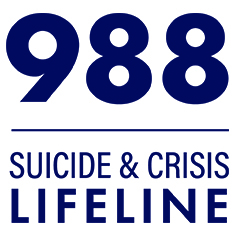Screening Older Adults in Emergency Departments
July 14, 2017
A study of universal suicide screening in emergency departments (EDs) found that the proportion of patients actually screened began to decline at age 60. Rates of self-harm, suicidal ideation, or suicide attempts were highest in the young and middle-aged (9 percent) and lowest after the age of 75 (1.2 percent). Age-related decreases in screening and identifying people at risk were too large to result from barriers to screening older adults, such as cognitive impairment or acute illness.
According to the authors, these findings are troubling given the high rates of suicide in older adults. They recommended that ED staff (1) be trained to detect suicide risk and (2) use protocols created specifically for older adults. These recommendations are supported by other research suggesting that many suicide risk assessment instruments may not accurately measure risk in older adults, who “face different (and often more severe) social stressors than younger adults.” Such stressors include social isolation, declining health, death of a spouse, and physical impairments that might cause older adults to believe they are a burden to their families.
Betz, M. E., Arias, S. A., Segal, D. L., Miller, I., Camargo, C. A., & Boudreaux, E. D. (2016). Screening for suicidal thoughts and behaviors in older adults in the emergency department. Journal of the American Geriatrics Society, 64(10), e72–e77.
